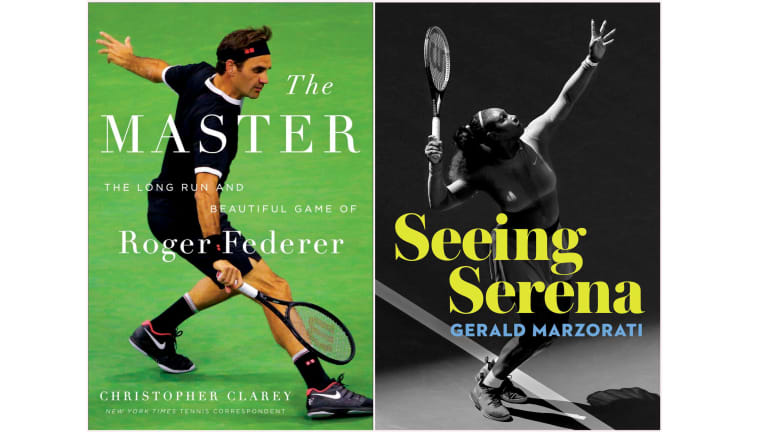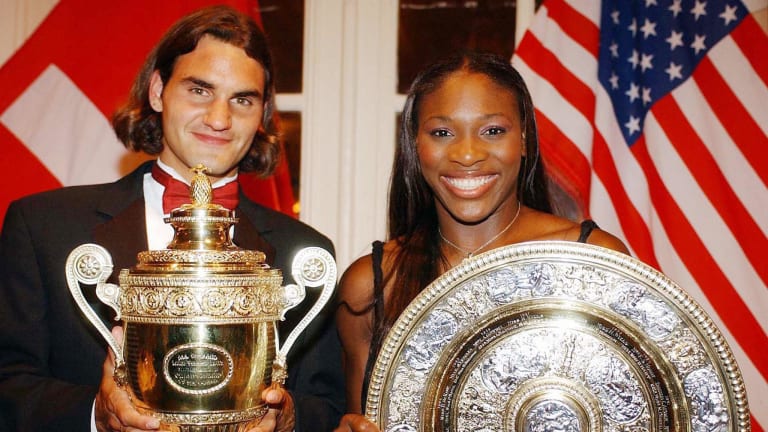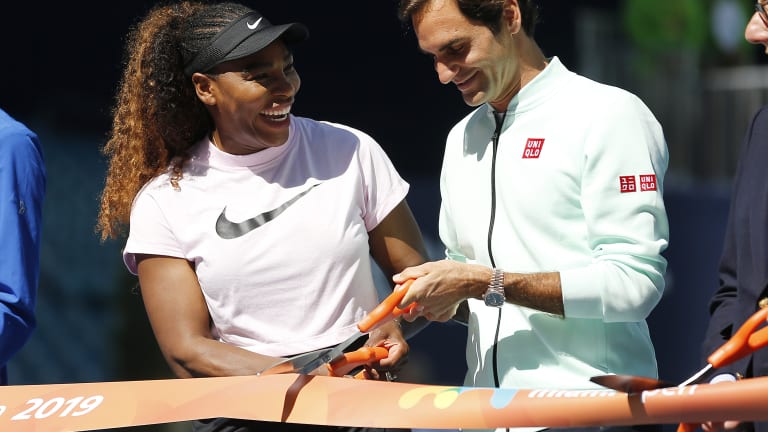It’s hard to explain a tennis champion. There’s no formula for creating them, and no country has a monopoly on their production. Right now, the Top 10 players in the ATP and WTA rankings hail from 15 different countries. Some Hall of Famers have been helped by having money, others have been motivated by not having it. There’s too much that has to go right, mentally and physically, to know which prodigy, from which part of the world, has Grand Slam-winning stuff.
The mysteries of tennis excellence are at the heart of two new biographies, Gerald Marzorati’s Seeing Serena, which came out in June, and which looks at Serena Williams over the course of the 2019 season; and Christopher Clarey’s The Master, which is being released this week, and which covers the life and game of Roger Federer.
It makes a bittersweet kind of sense to take stock of Federer and Serena now. Born within six weeks of each other in 1981, they became the two best players of the Open era’s first 50 years, and together they changed our ideas about how long a modern champion can stay at the top of the game. As far back as 2008, I wrote a recap of the US Open for Tennis Magazine with the title, “Meet the New Boss, Same as the Old Boss,” after Federer and Serena bounced back from adversity, and fended off challenges from younger players, to win that year’s final major. Since then, they’ve defied predictions of their imminent declines half a dozen more times.
But as the 2021 Open approaches, and Federer and Williams come up on their 40th birthdays, the end finally seems to be nigh. Both will miss the tournament; Federer needs to have knee surgery again, and today Serena announced that she hasn’t recovered from a hamstring injury suffered at Wimbledon. It has been nearly four years since either of them won a Slam, and it seems like a long shot that either will win another. In that sense, Clarey’s and Marzorati’s books serve as reminders of what these two accomplished, in case their playing days are at an end.


